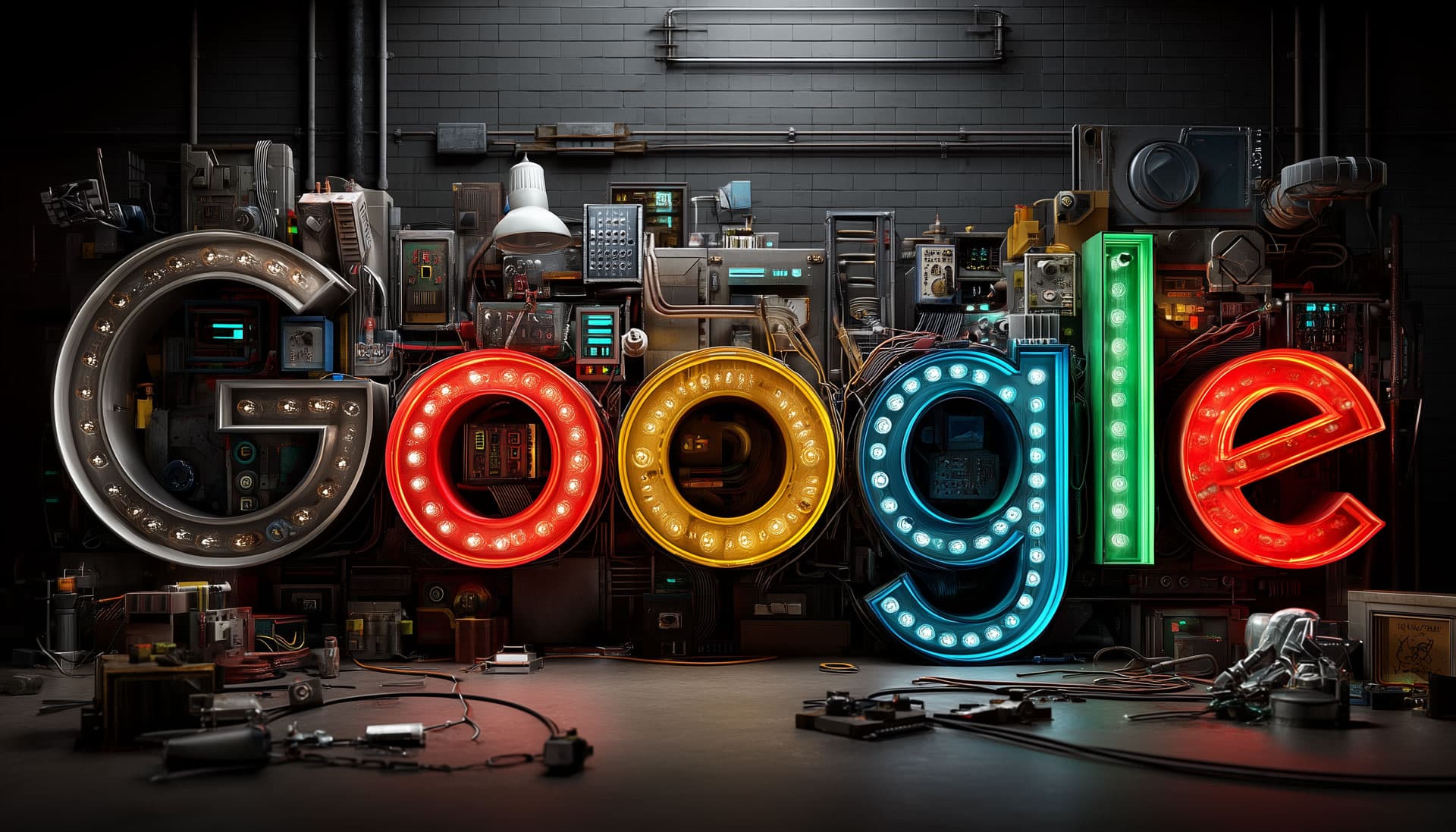We're loading the full news article for you. This includes the article content, images, author information, and related articles.
Google Cloud has added three new generative AI models to its Vertex AI platform: Imagen 4 for enhanced text-to-image generation, Veo 3 for text-to-video with audio, and Lyria 2 for AI music generation, all featuring built-in safety filters.

In a major push to serve the growing demand for generative content, Google Cloud has unveiled a significant upgrade to its Vertex AI platform, introducing a new suite of multimodal models designed for creative media production. The announcement includes Imagen 4 for image generation, Veo 3 for video creation with synchronized audio, and Lyria 2, a next-generation AI model focused on text-to-music generation.
Leading the update is Imagen 4, Google’s most advanced text-to-image model to date. The model builds on previous iterations with enhanced detail, realism, and prompt interpretability, enabling users to create production-ready visualsdirectly from natural language descriptions. Imagen 4 integrates seamlessly into Vertex AI’s Studio environment and supports style conditioning, allowing creators to define the visual tone or genre of the output.
Perhaps the most notable leap is Veo 3, Google’s upgraded text-to-video model, which now supports synchronized audio generation alongside video. This feature opens up new possibilities for automatic short film creation, explainer videos, and multimedia content generation at scale. Veo 3 also includes improvements in scene consistency, camera movement, and lip-sync capabilities—pushing closer to real-world cinematic quality from AI-generated prompts.
For the music industry, Lyria 2 delivers AI-powered composition that generates complete tracks—including instrumentation, genre styling, and vocal accompaniment—based on written input. Google noted that Lyria 2 can be fine-tuned for different moods or themes and will include tools for mixing, editing, and scoring, making it an ideal co-pilot for sound designers, content creators, and video game studios.
In alignment with responsible AI practices, all three models come equipped with native digital watermarking to trace AI-generated content and safety filters designed to block harmful, biased, or policy-violating outputs. Google emphasized that these safeguards are part of its ongoing commitment to ethical AI deployment, especially in the realm of media creation where content authenticity and attribution are paramount.
With this rollout, enterprise customers and creative teams can now use Vertex AI to ideate, prototype, and scale high-quality visual, audio, and video assets—all within a secure, enterprise-ready cloud environment. Google claims the new features will accelerate creative workflows, reduce production costs, and unlock new forms of media expression powered by AI.
The expansion places Google Cloud in direct competition with platforms like Adobe Firefly, Runway, Stability AI, and OpenAI’s Sora, signaling Google’s determination to dominate the creative AI infrastructure market. By integrating these tools into Vertex AI, Google is positioning its platform as a one-stop-shop for generative media development—from ideation to distribution.
Keep the conversation in one place—threads here stay linked to the story and in the forums.
Other hot threads
E-sports and Gaming Community in Kenya
Active 7 months ago
Popular Recreational Activities Across Counties
Active 7 months ago
The Role of Technology in Modern Agriculture (AgriTech)
Active 7 months ago
Investing in Youth Sports Development Programs
Active 7 months ago